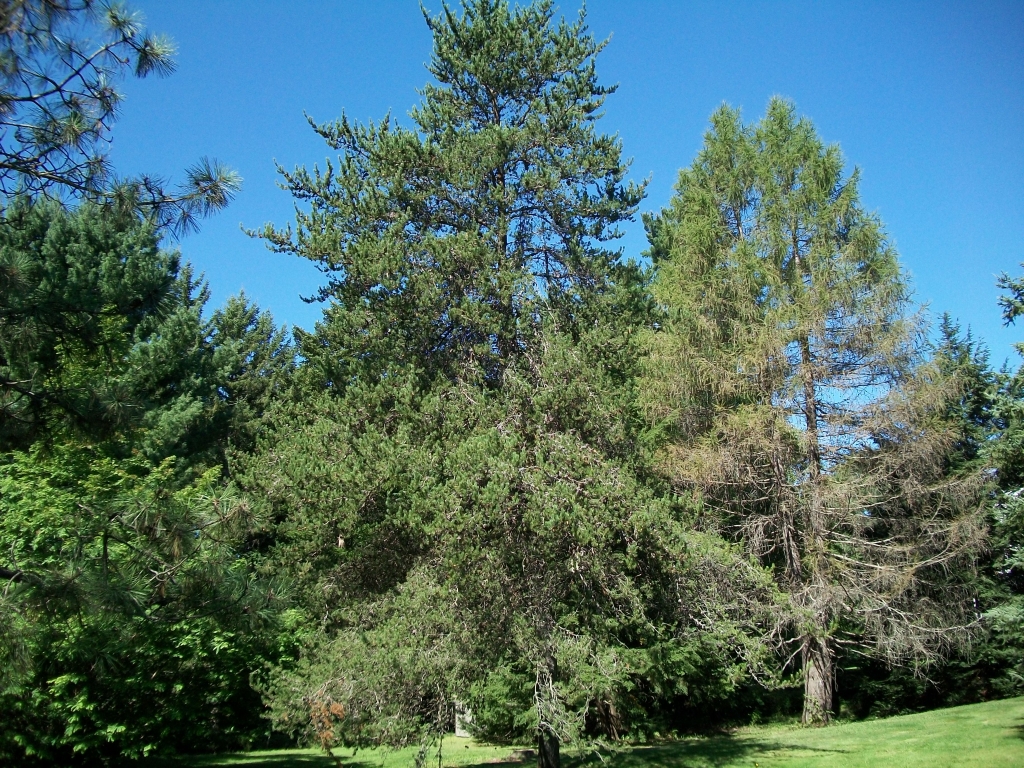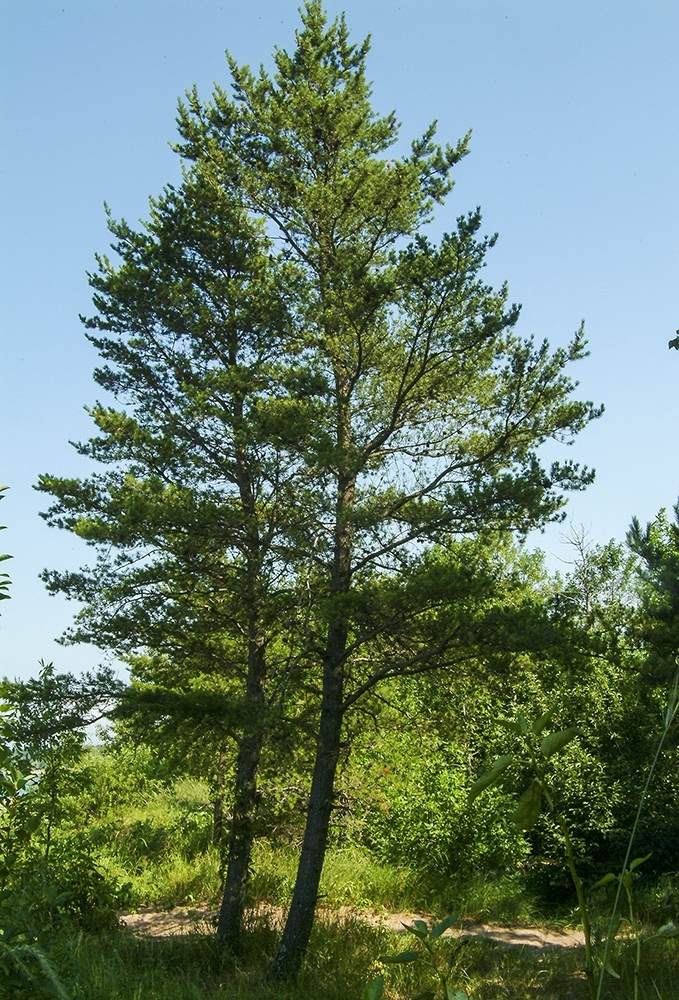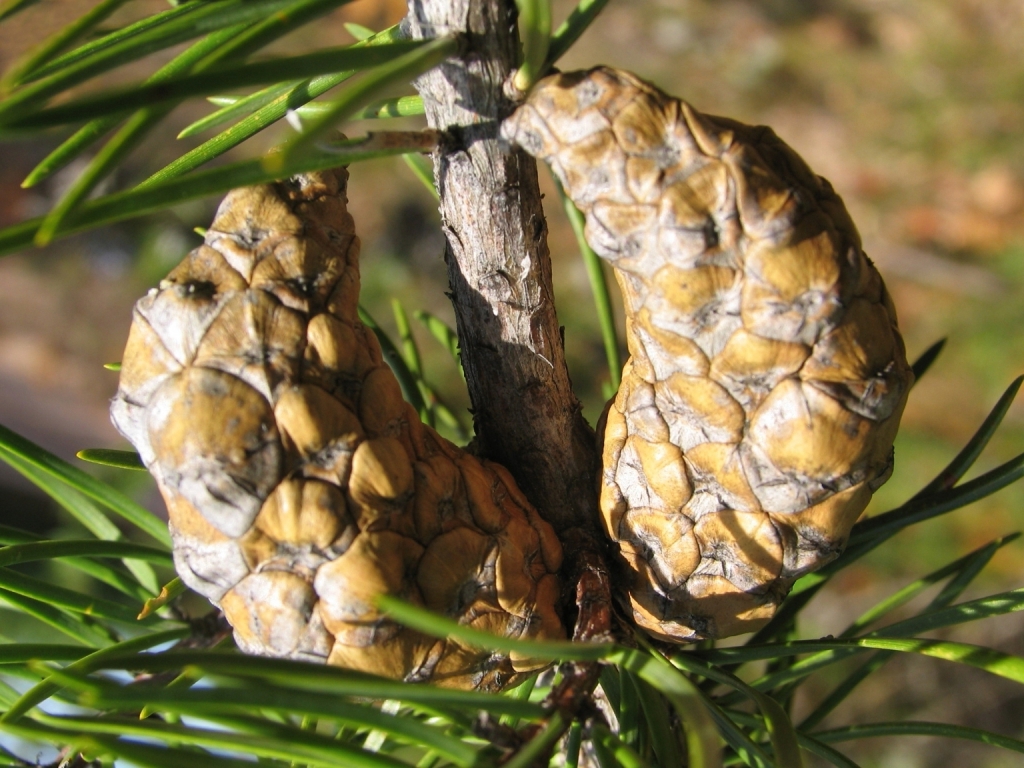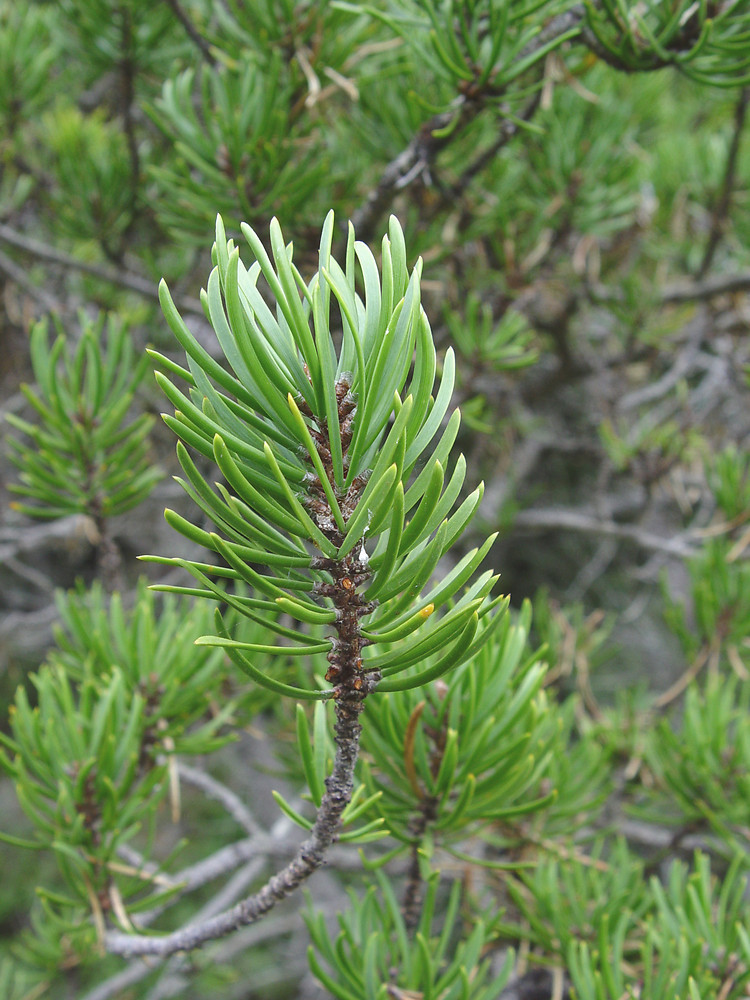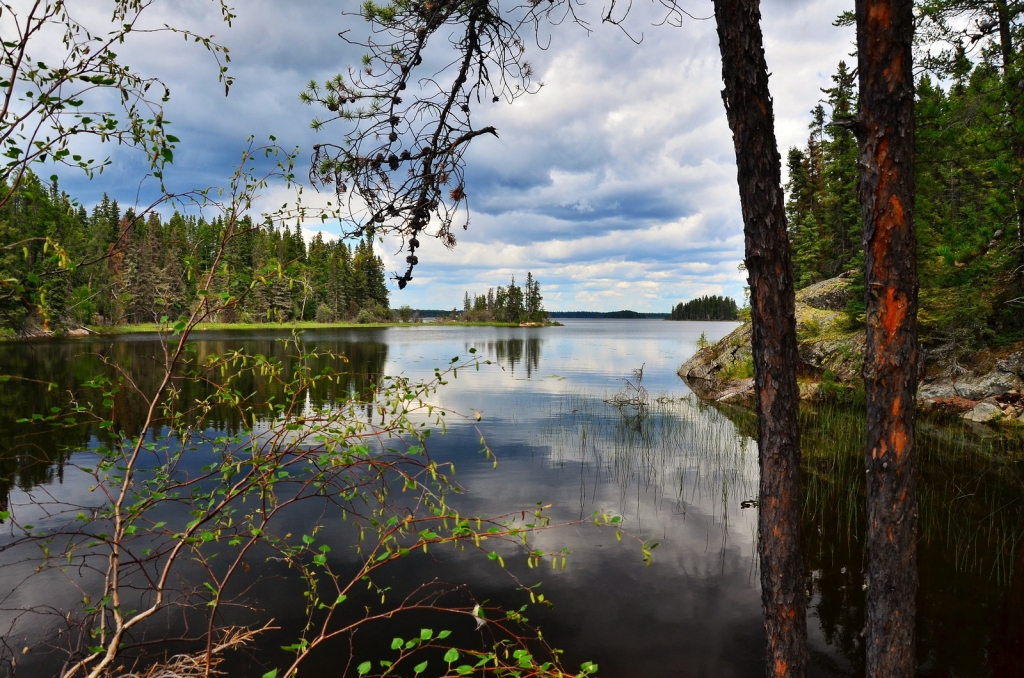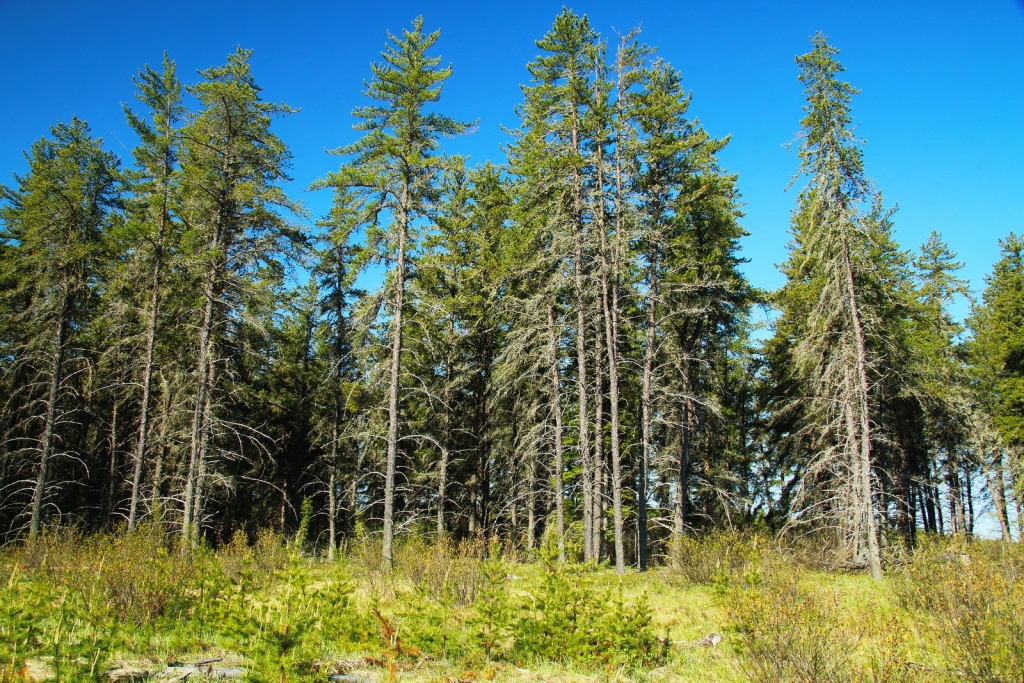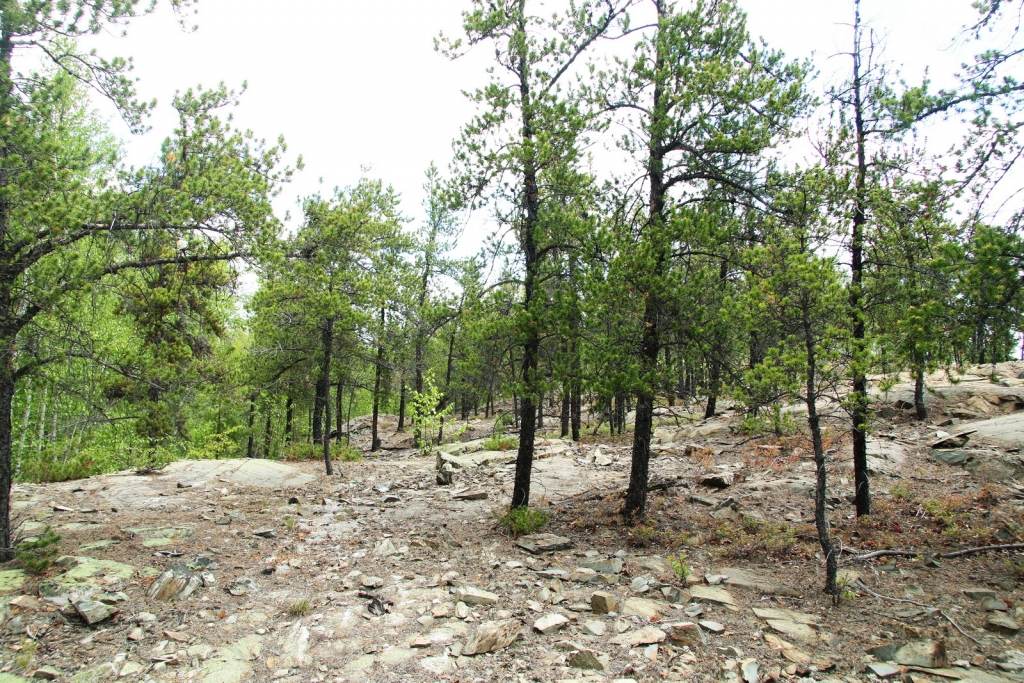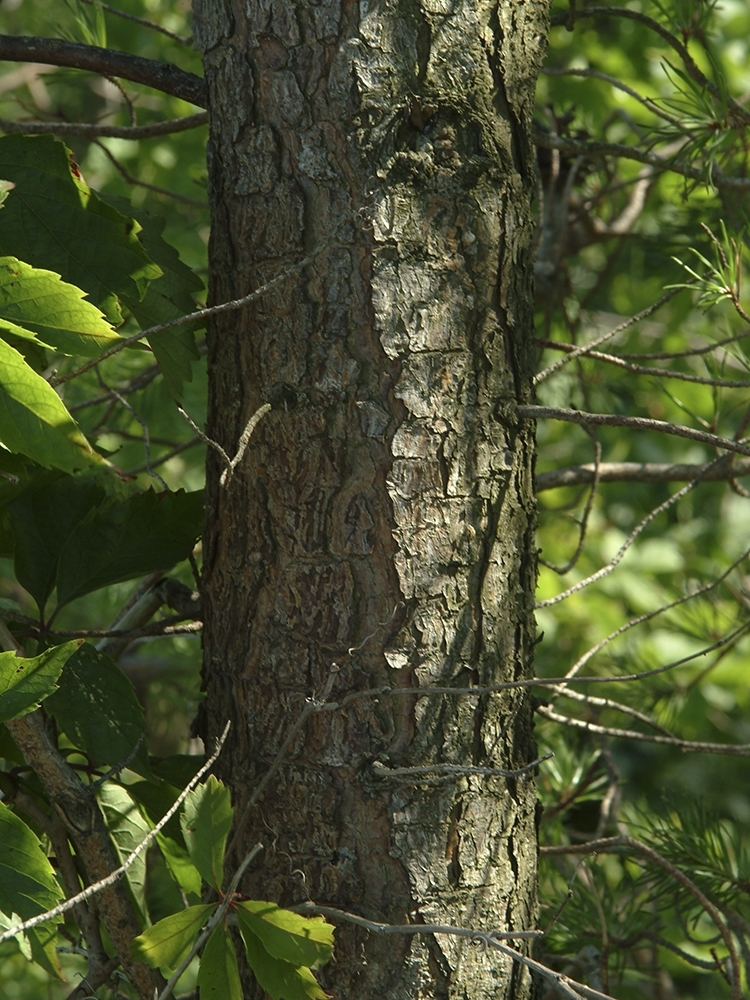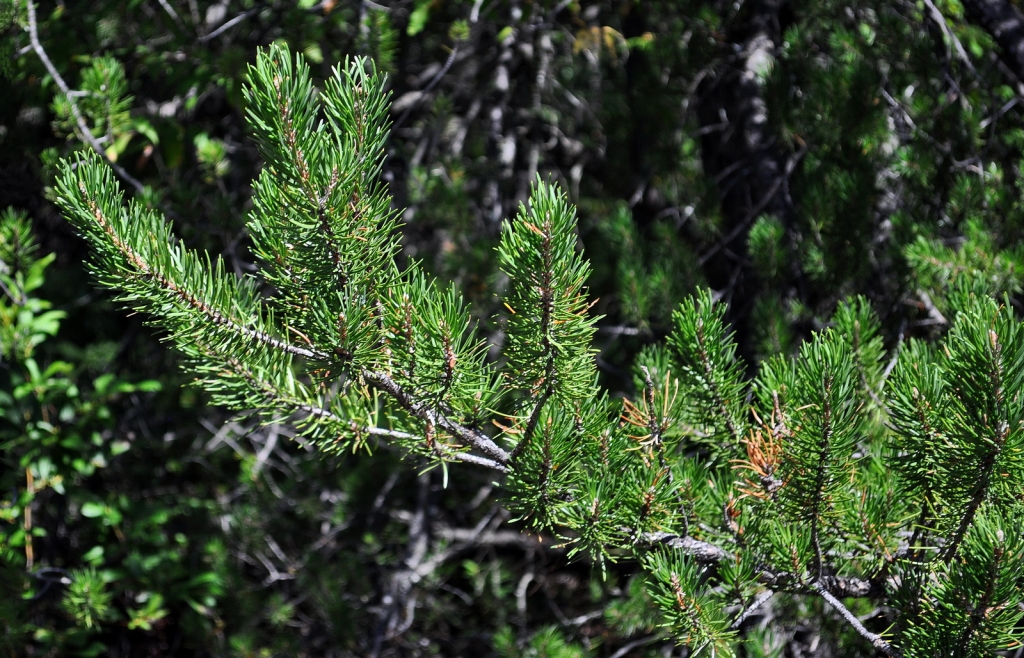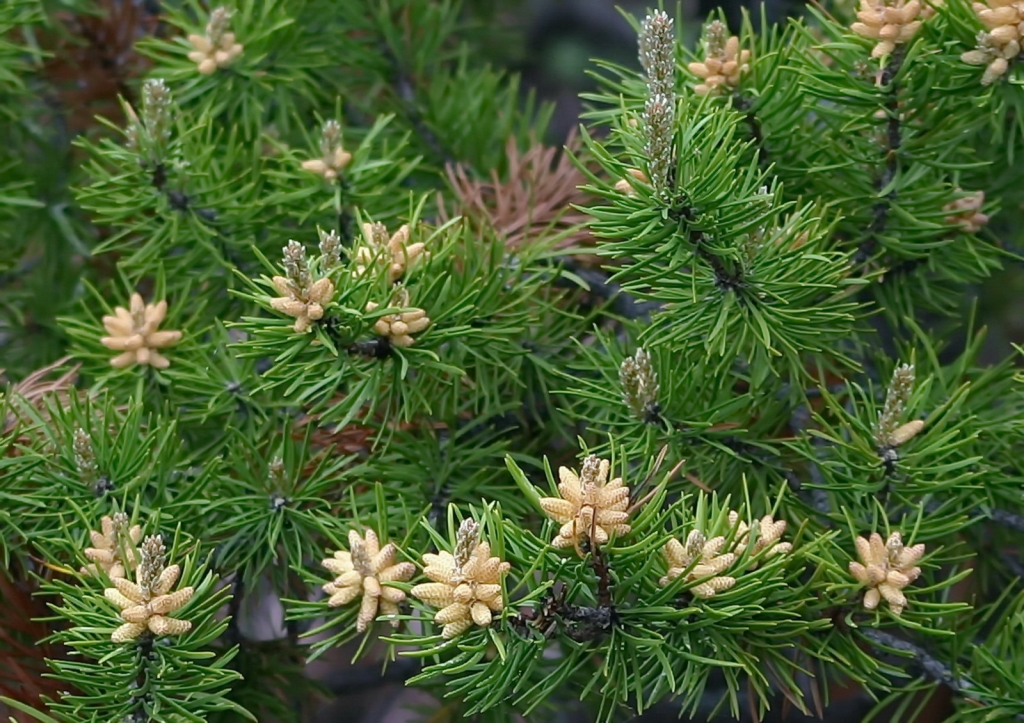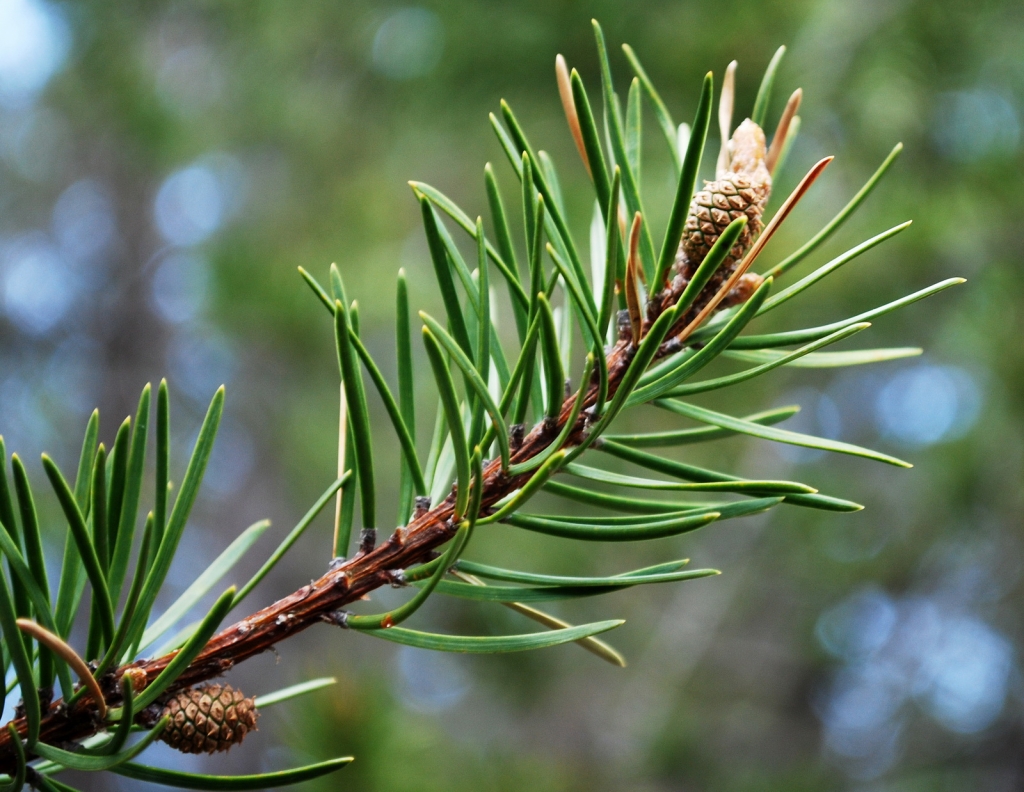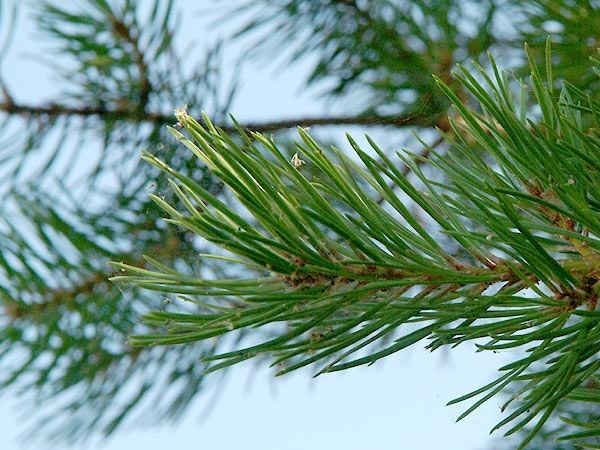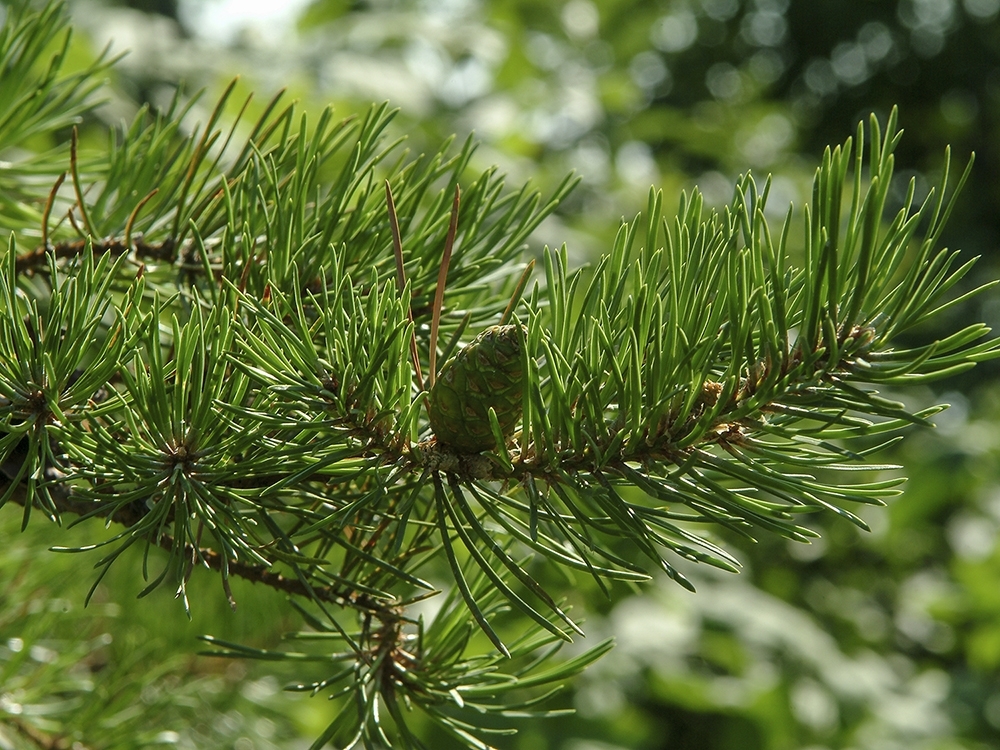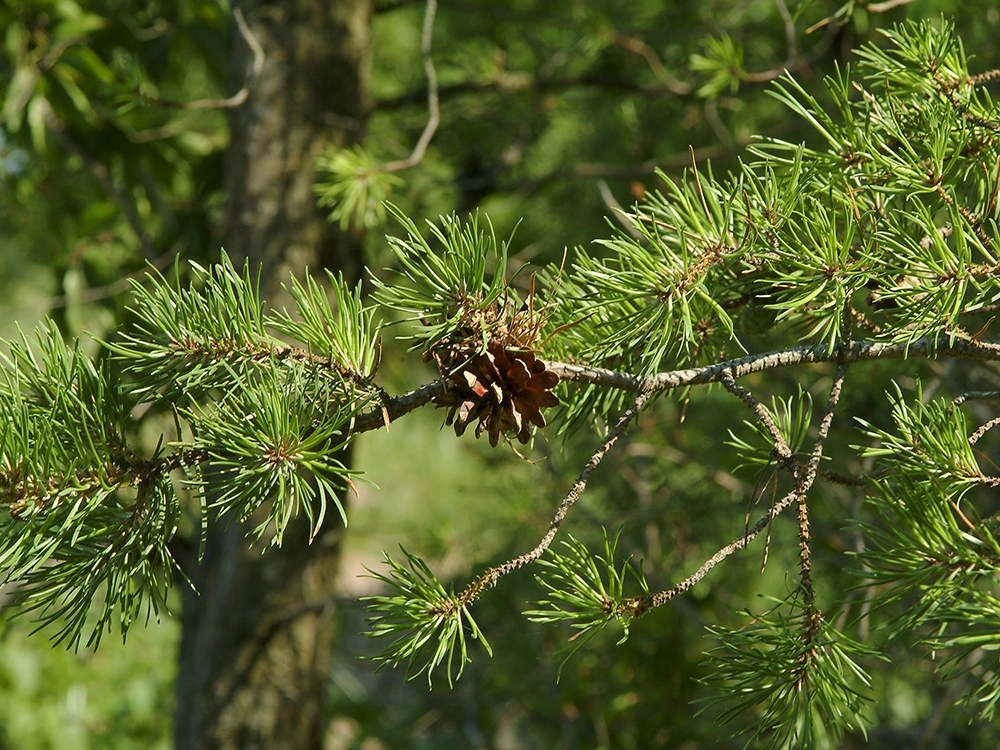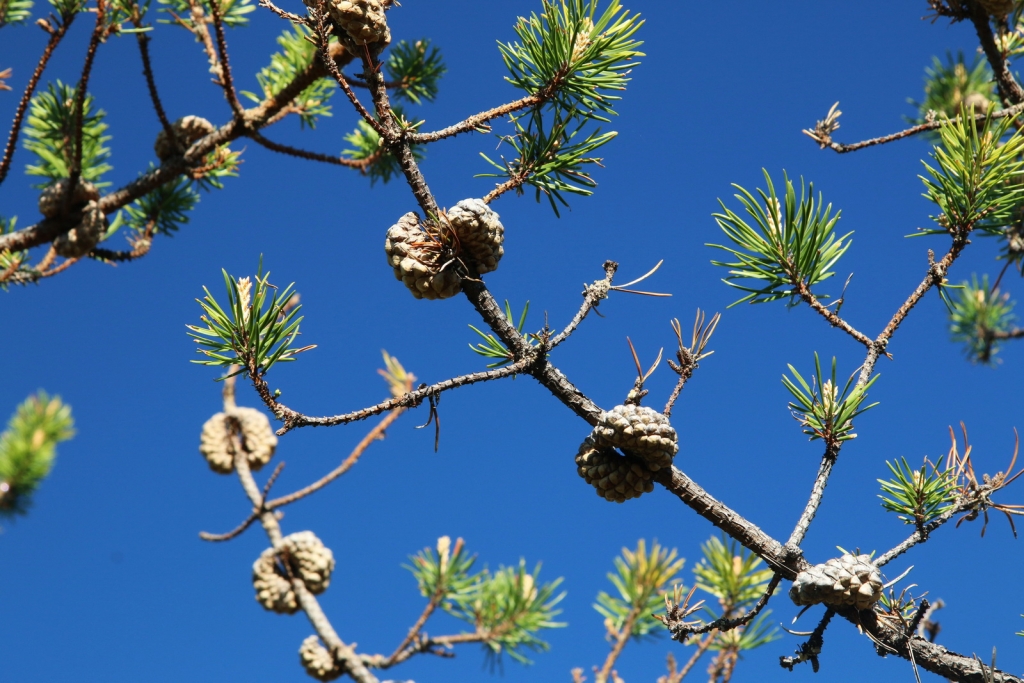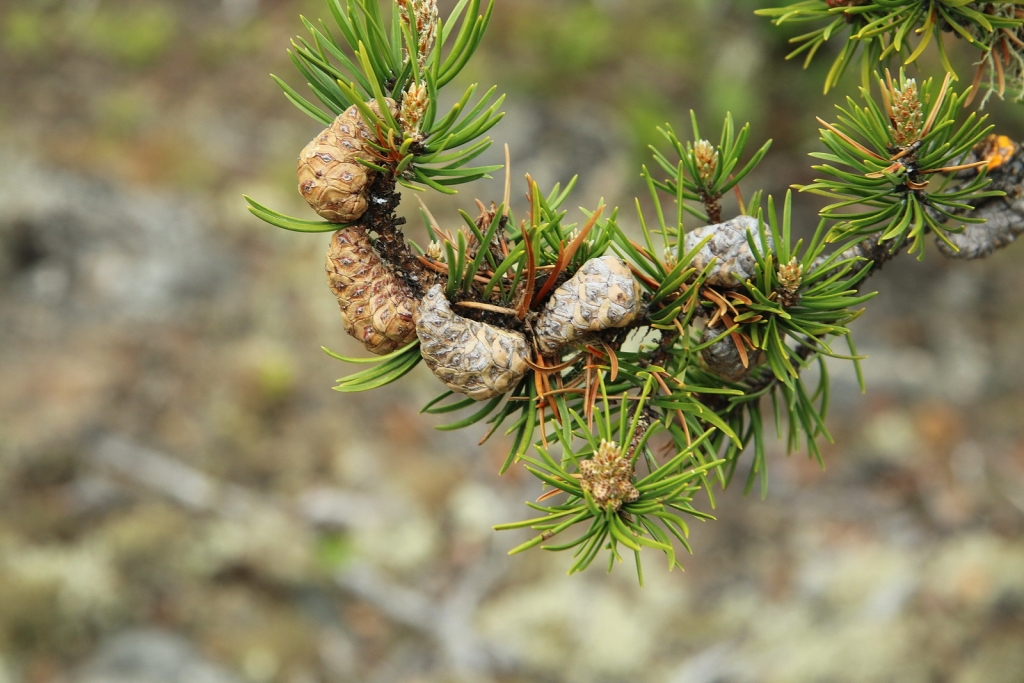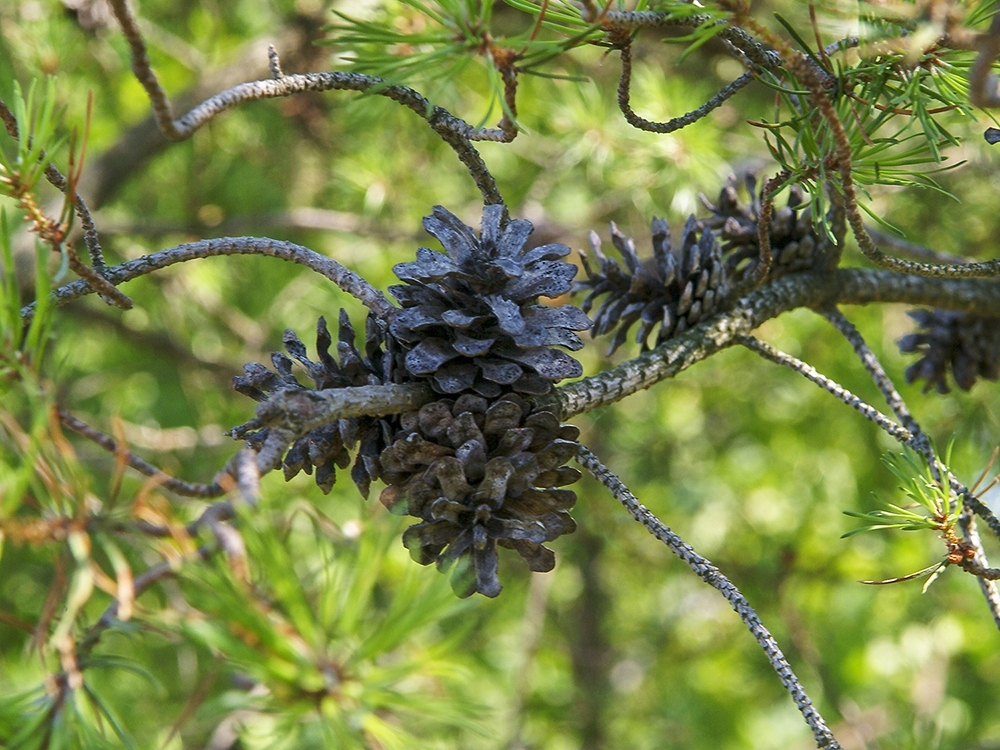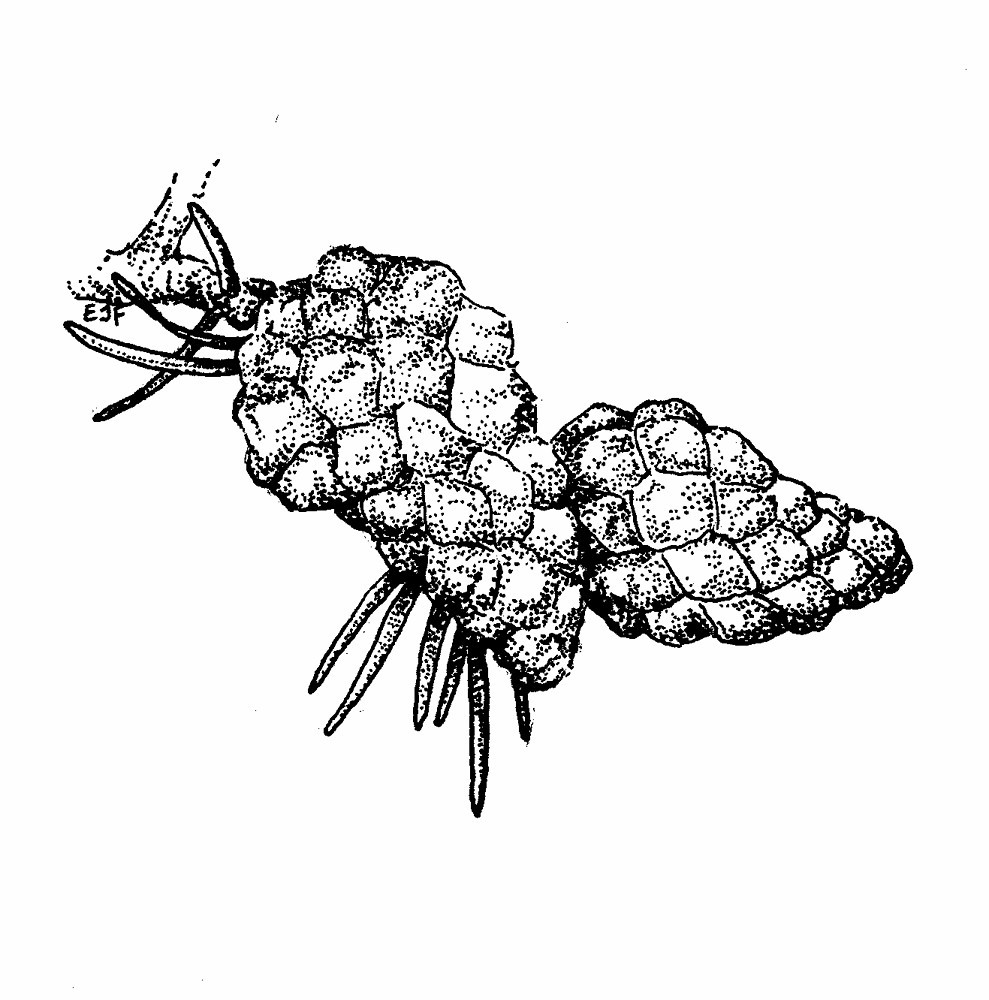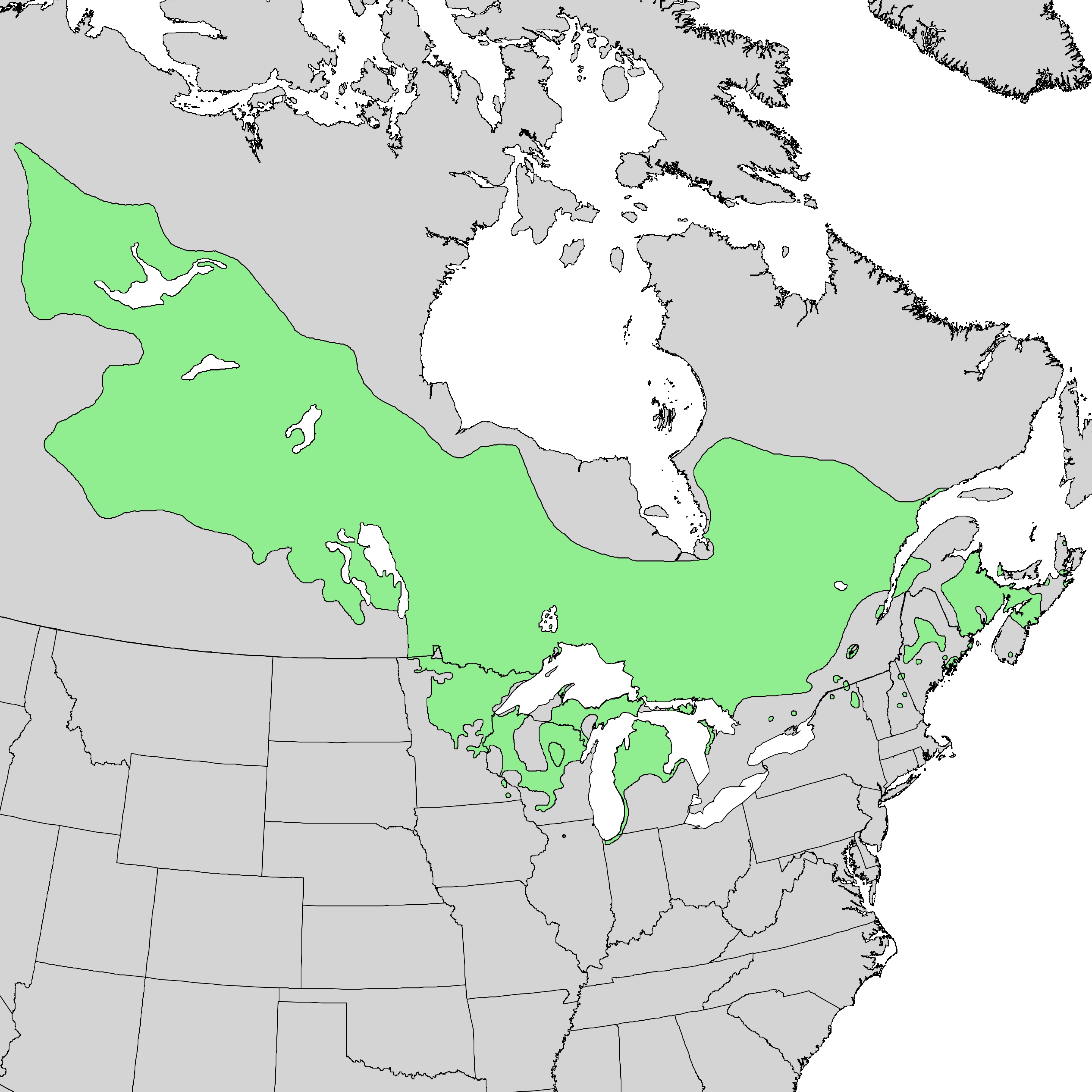subgenus Pinus, section Trifoliae (Duhamel), subsection Contortae (Little et Critchfield)
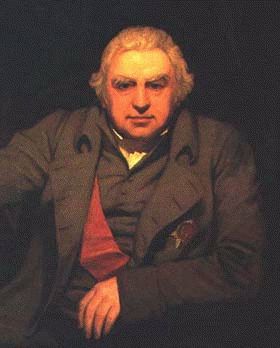
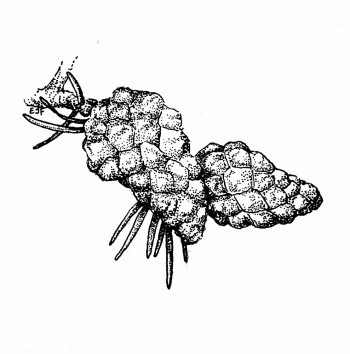
Pinus banksiana, described in 1803 by Aylmer Bourke Lambert (1761-1842), in a Description of the Genus Pinus, vol 1:7, is commonly known as jack pine or less commonly as gray, black, black jack, scrub, Prince's or Banksian pine, as well as pin gris in the French Canadian dialect of French. The epithet is named for the great British botanist and patron of the natural sciences, Sir Joseph Banks (1743 - 1820). In 1766 he was part of an expedition to study the natural history of Labrador and Newfoundland which he recorded in a diary using Linnean descriptions, a remarkable achievement since he was only 23 at the time.
Ethnobotany. Like other species of pine, Pinus banksiana has use as timber, although its wood tends to be knotty and not highly resistant to decay. Products include pulpwood, fuel, decking, and utility poles.
Description. Jack pine is a coniferous species of tree which grows to heights of 30 to 70 feet (9 - 22 m) tall. They are most commonly seen growing shrub-sized, due to poor growing conditions. They do not usually grow perfectly straight, resulting in an irregular shape similar to pitch pine (Pinus rigida). This pine often forms pure stands on sandy or rocky soil. It is fire-adapted to stand-replacing fires, with the cones remaining closed for many years, until a forest fire kills the mature trees and opens the cones, reseeding the burnt ground.
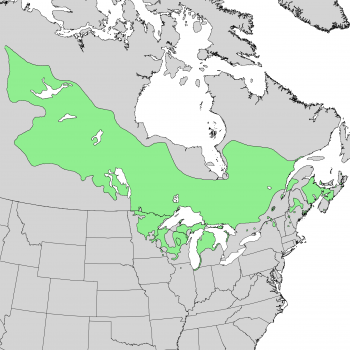
Distribution. This species is native to northern North America from Newfoundland to Pennsylvania and west to the Pacific. Of all the pines in North America, banksiana reaches the furthest north.
While jack pines can become 75 feet (25 m) high and take on the typical growth patterns of many conifers (mound, spreading, bun, etc.), some of the most collectible cultivars are known not just for their stiff, twisting needles but for the irregularity of their development. Some have no predictable pattern (two seemingly identical specimens, planted side-by-side, under identical conditions, can evolve into wildly different shapes) and lend themselves to staking to create unique sculptural forms.
Hardy to USDA Zone 2 - cold hardiness limit between -50° and -40°F (-45.6°C and -40.0°C).
